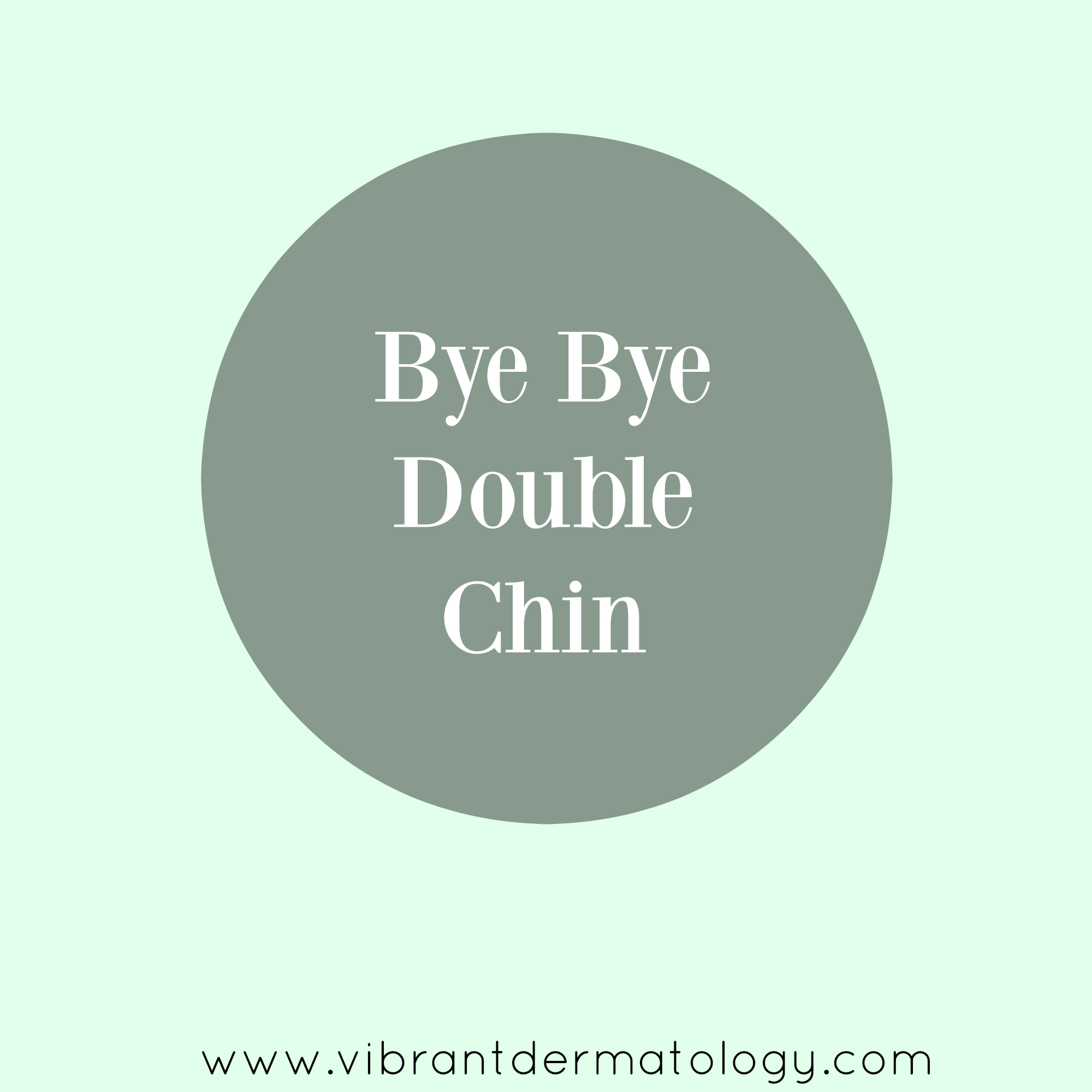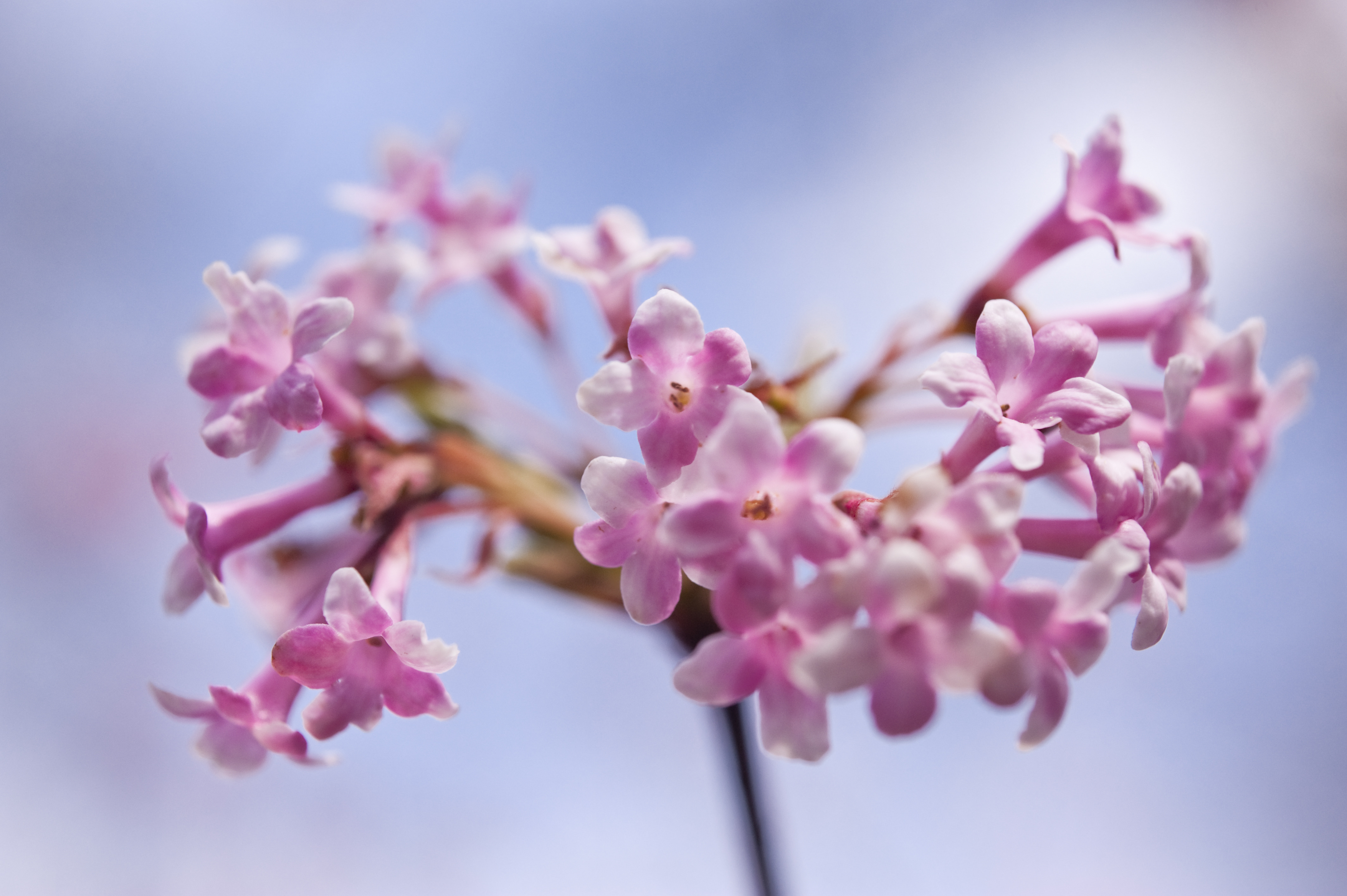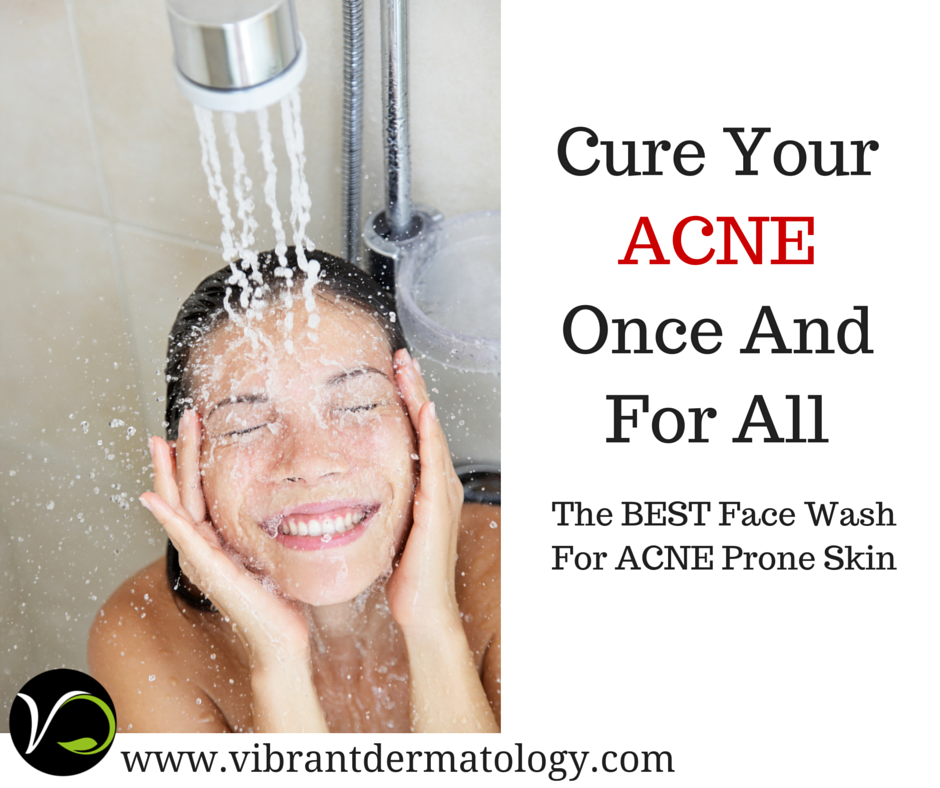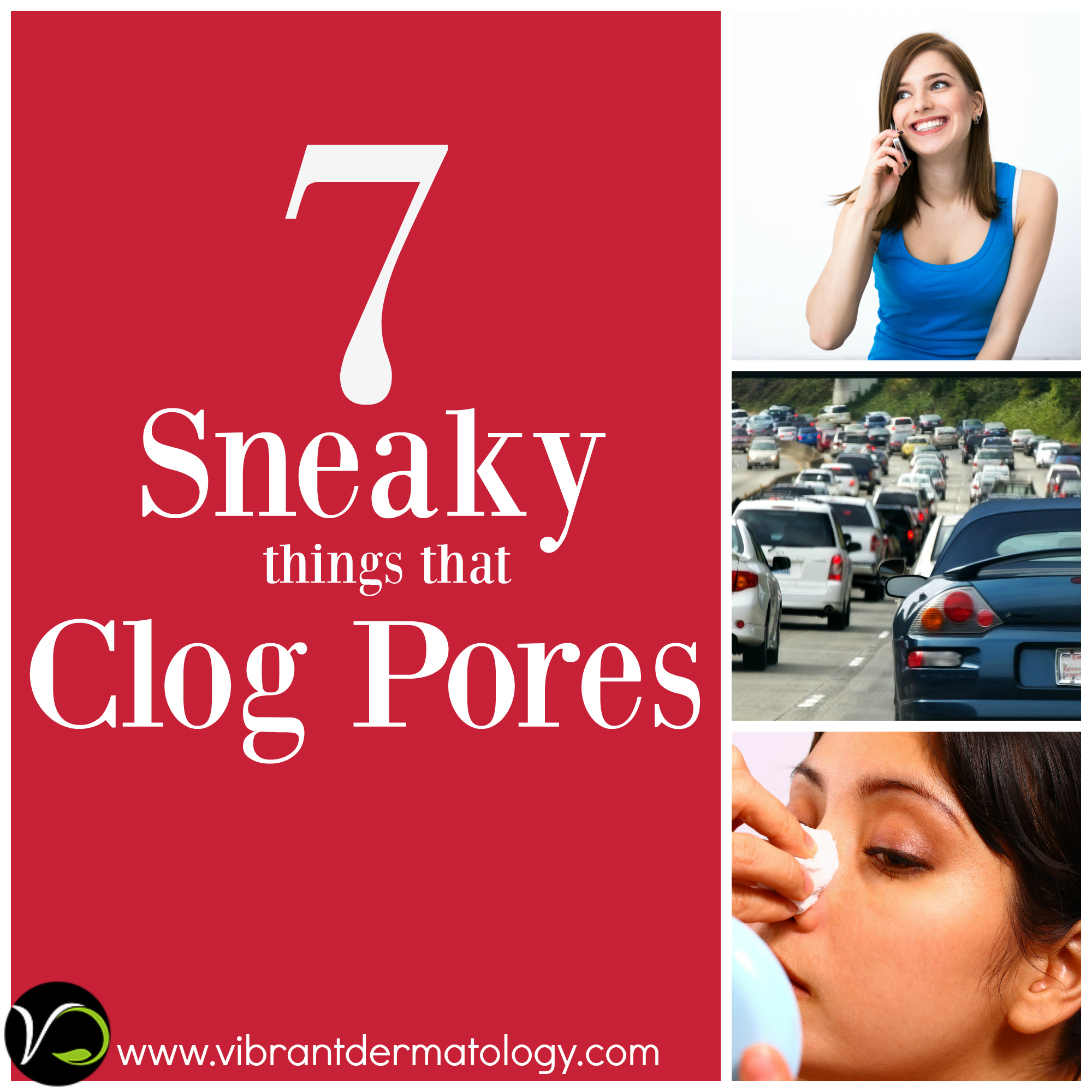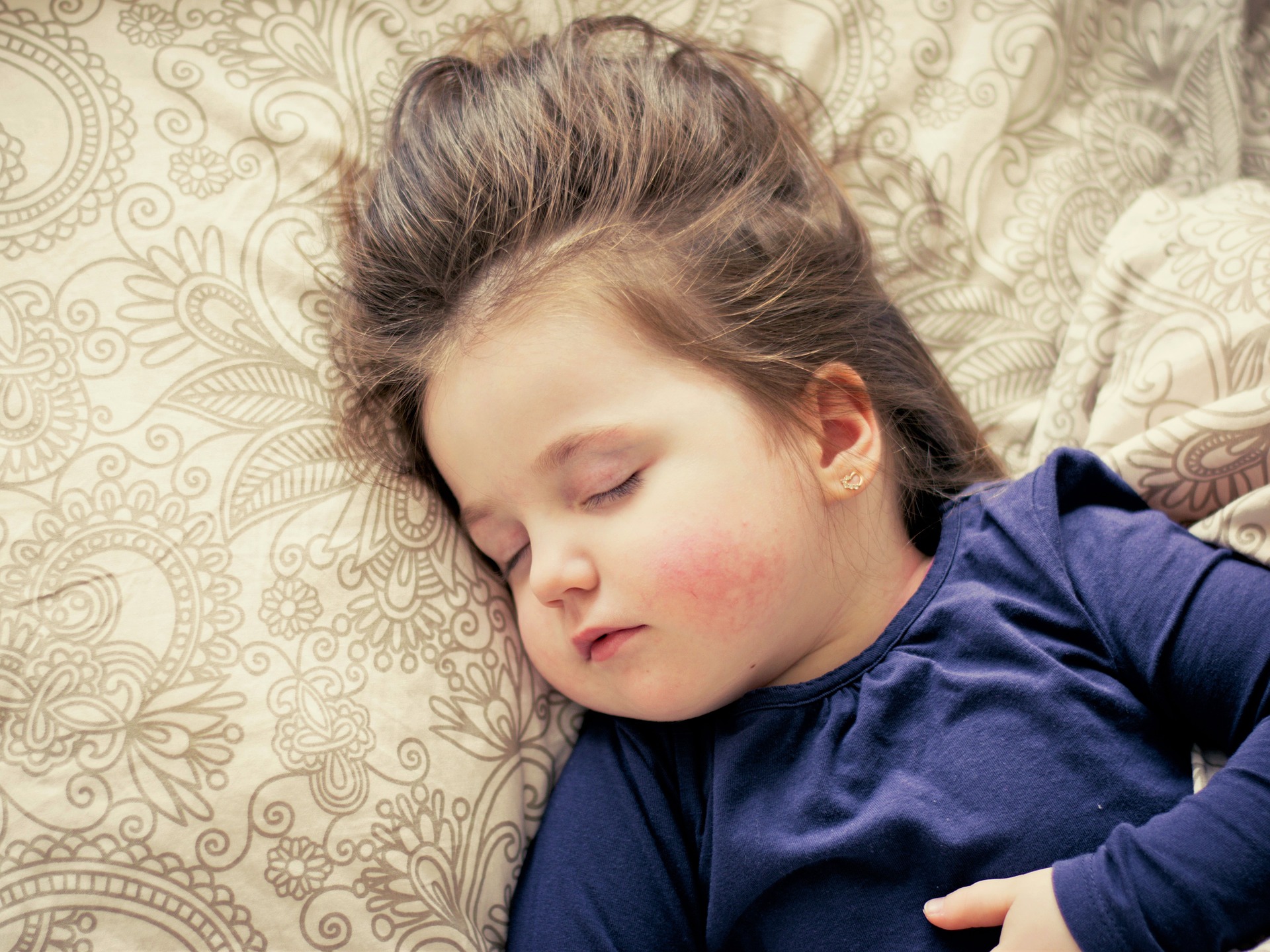If there is one area that is really difficult to tone, thin, and reduce, it’s the chin & neck. Often referred to as a double-chin or turkey neck, men and women both struggle with this area. The chin area is resistant to diet and exercise and can detract from an otherwise balanced facial appearance (which usually makes people look older & heavier than they are). For many years, the only treatment option for this area involved surgery (with either a neck lift or liposuction).
Introducing Kybella – a non-surgical option for eliminating the double chin.
Kybella is the first FDA-approved procedure specifically developed to address the difficult-to-treat fat deposits under the chin. Essentially a neck liposuction without the need for surgery, Kybella involves a series of injections of a special fat-dissolving solution. The solution is a formulation of deoxycholic acid that aids in the breakdown and absorption of fat. The destruction of fat cells prevents future fat storage or accumulation. The injection penetrates a deep layer of fat and then kills the fat cells making them unable to accumulate fat. When you lose weight, fat cells shrink. When you get rid of the fat, skin will get elasticity back and your chin will look slimmer.
Each treatment takes only about 20 minutes, and optimal results can be achieved in three to six treatment sessions. With a healthy lifestyle, the results of the procedure can be long lasting. As far as downtime is concerned, there is swelling associated with this procedure. It starts shortly after the procedure and can last for up to 72 hours. As the fat is being dissolved, the chin area may fill a little lumpy. We recommend massage for this. Most side effect resolve in as little as three day, but it can take up to 2 weeks.
You will notice fat reduction one month after the procedure, and these results are semi-permanent.
For more information or to book an appointment, contact me.

